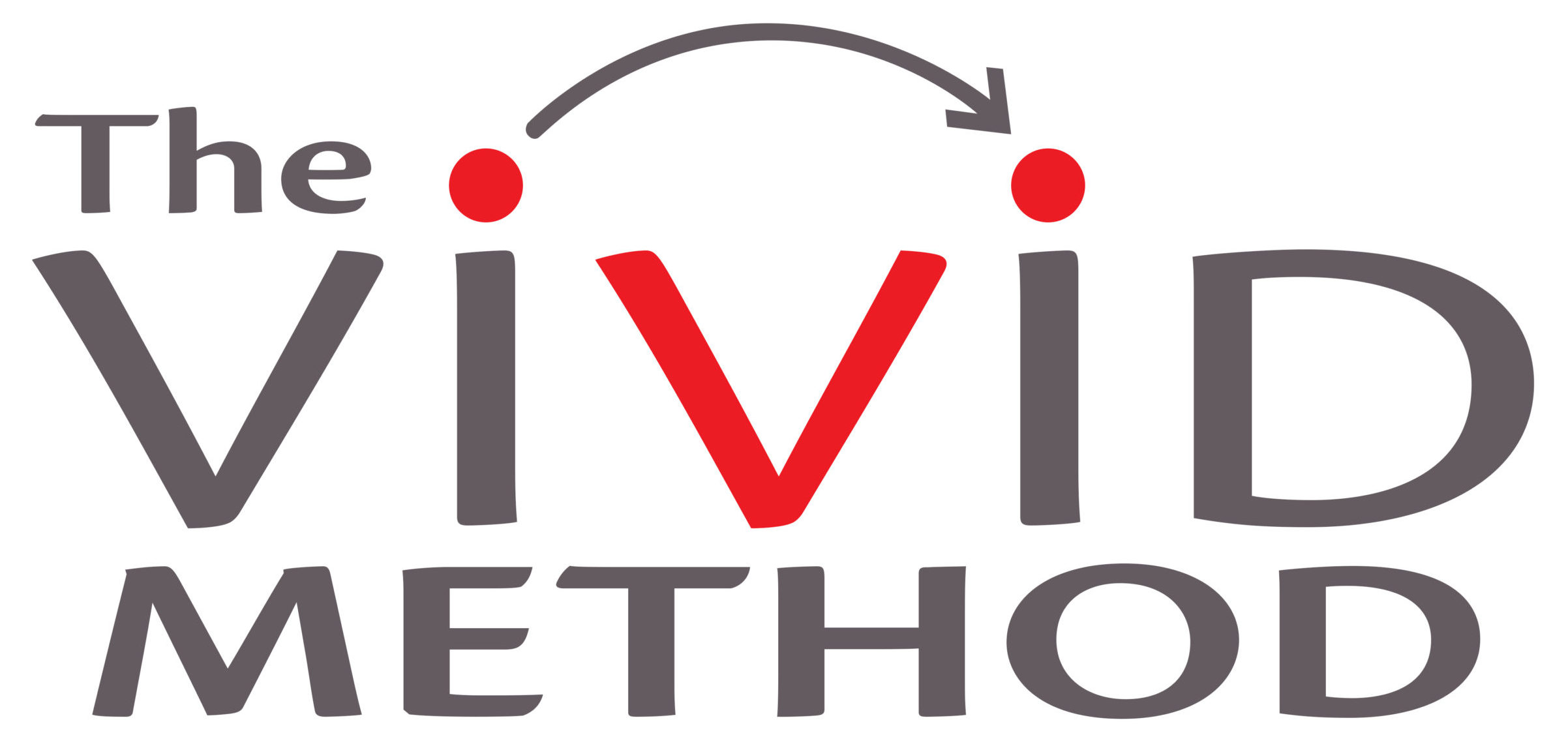A short speech – create a 3 minute speech that rocks
I’m in the Charles Pearson Theatre at the University of Melbourne, watching 12 short speeches. It’s a 3 minute speech competition called the 3 minute Thesis.
These annual, 3 minute speech competitions challenge Ph.D and Masters students to effectively communicate 3-1/2 years’ of technical research into a short speech. Their task is to convey only the most important ideas and findings to a non-technical audience – and with only a single slide.
A short speech is a great test
As you’d imagine, it can be difficult to condense all that research and knowledge into a 3 minute speech, yet still convey all the pertinent information.
But that’s exactly why it’s such a great exercise for all speakers.
That’s because, in order to be effective, your ideas must be able to be communicated in the most brief, simple and clear manner possible. You need them to stick in the listener’s mind.
Not everyone is good at this skill – indeed, few people are. But you need to be if you want other to see the value of your ideas.
By the way, if you think giving a good 3 minute speech is hard, try doing one in just 5 words! That’s what they do at the Webby awards.
What did the winning speakers do right?
Despite giving a short speech on very different topics, there were some common practices I noticed about the winning speakers.
- They presented an exceptionally clear message.
- They included a “top and tail” element.
- They made use of metaphor and other verbal illustrations to simplify a complex idea.
- They spoke like they were having a conversation with their audience – not ‘giving a formal speech’.
The losing speakers, by contrast, were more forced. Some were so unnatural they seemed to be giving a pantomime a speech for an audience of children. The engagement of conversation was missing. We’ve talked before about the importance of an unforced, natural style.
How to create a short speech.
1. Use a simple structure.
Start by clearly saying the ‘headline’ and key idea underpinning your speech in simple, everyday language, and follow with a simple structure supporting your main point.
Here are some examples:
A: Headline and 3 supporting reasons:
With this approach, follow your “headline” statement with 3 simple supporting reasons. State each reason clearly, and explain how each one helps achieve or support the objective.
“We must change the way we work – for 3 important reasons:
- Thwack…,
- Kapow…,
- Whamm.“
B: Problem – solution:
This is a simple structure of only 2 parts. It’s an easy yet powerful way to capture people’s attention and interest when done well. But you’ll want to avoid the trap of rushing through the problem, and spending too much time on your brilliant solution.
If you really want to hook people, take some time to paint a vivid picture of the problem first. Your audience will then be clambering for a solution with both ears open.
C: Timeline:
In this type of short speech, you might cover:
- The history of the issue …
- The current situation …
- What might happen in the future …
- And the ramifications of agreeing (or disagreeing) with your main argument.
D: Metaphor/Top & Tail:
To “top and tail” simply means starting with a story/quote that hints at your message. At the end, you recall that story and link it to your message.
This short speech from a 3 minute speech competition makes excellent use of this approach.
Start your speech (“the top”) with a compelling metaphor to make a memorable point, and end the speech (“the tail”) with the same metaphor — but adjusted to show the benefit of adopting your central argument.
2: End with a memorable message:
Just as important as how you begin and structure your speech, is how you end it.
Consider the same techniques at the end of your speech. A metaphor that links back to your original premise, or finishing with a thought-provoking question, are two ways to burnish your speech in your listener’s mind.
These videos of the 1st and 2nd place winners of a 3 minute speech competition show how effective these closing techniques can be:
1st Place: Sara Ciesielski
2nd Place: Samantha Lichter
Summary
People worry that time limitations mean they have to ‘dumb down’ their valuable research — this is not the case!
A vivid message and a compelling short speech can become a window to the depth of your research, and give clarity to the value of your ideas.
A 3 minute speech gives you a huge amount of time to do this – if you use the time wisely and structure your speech to maximum effect.
—-
Want to be a great speaker? Get the kindle ebook from amazon.com: What’s Your Message? Public Speaking with Twice the Impact, Using Half the Effort

